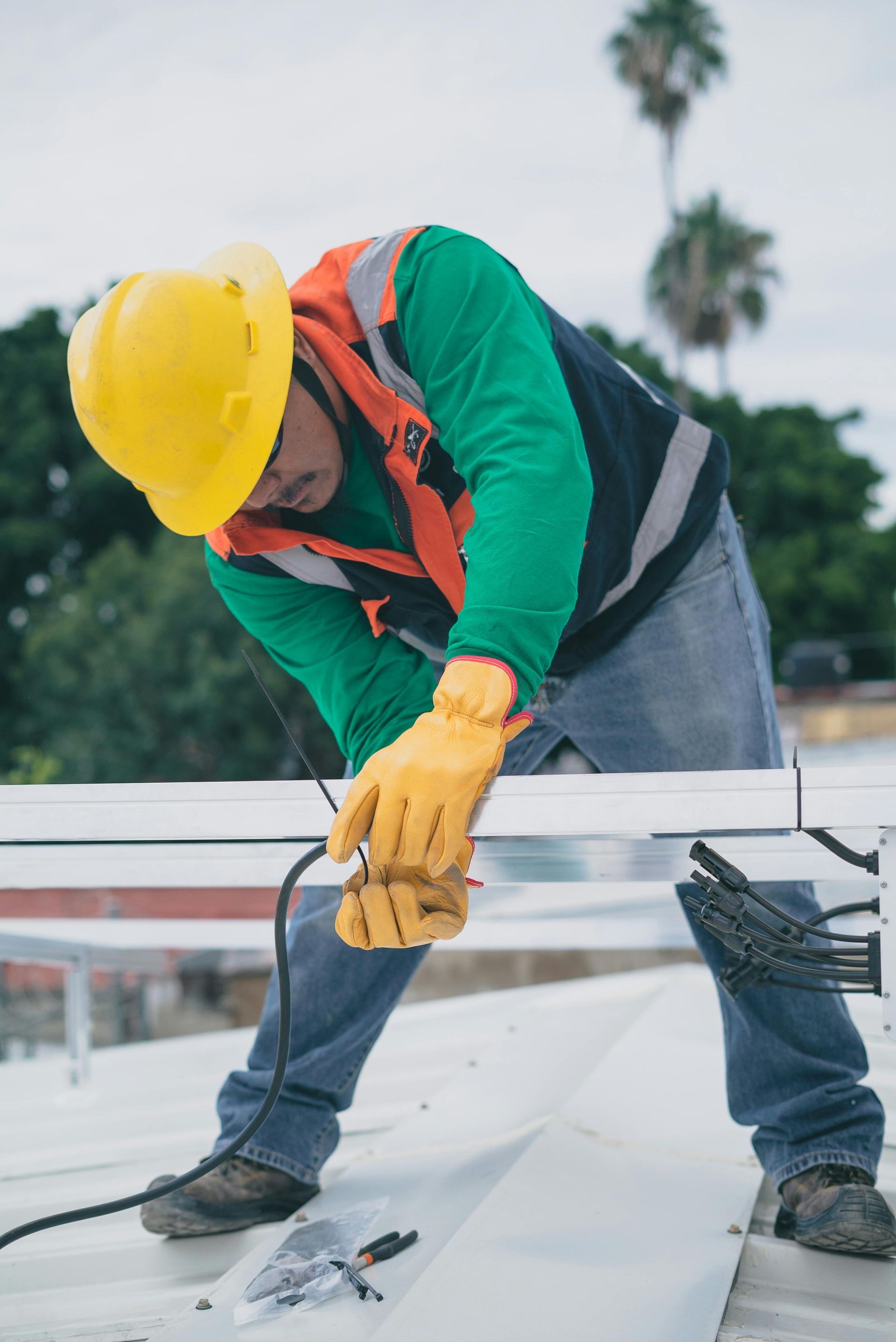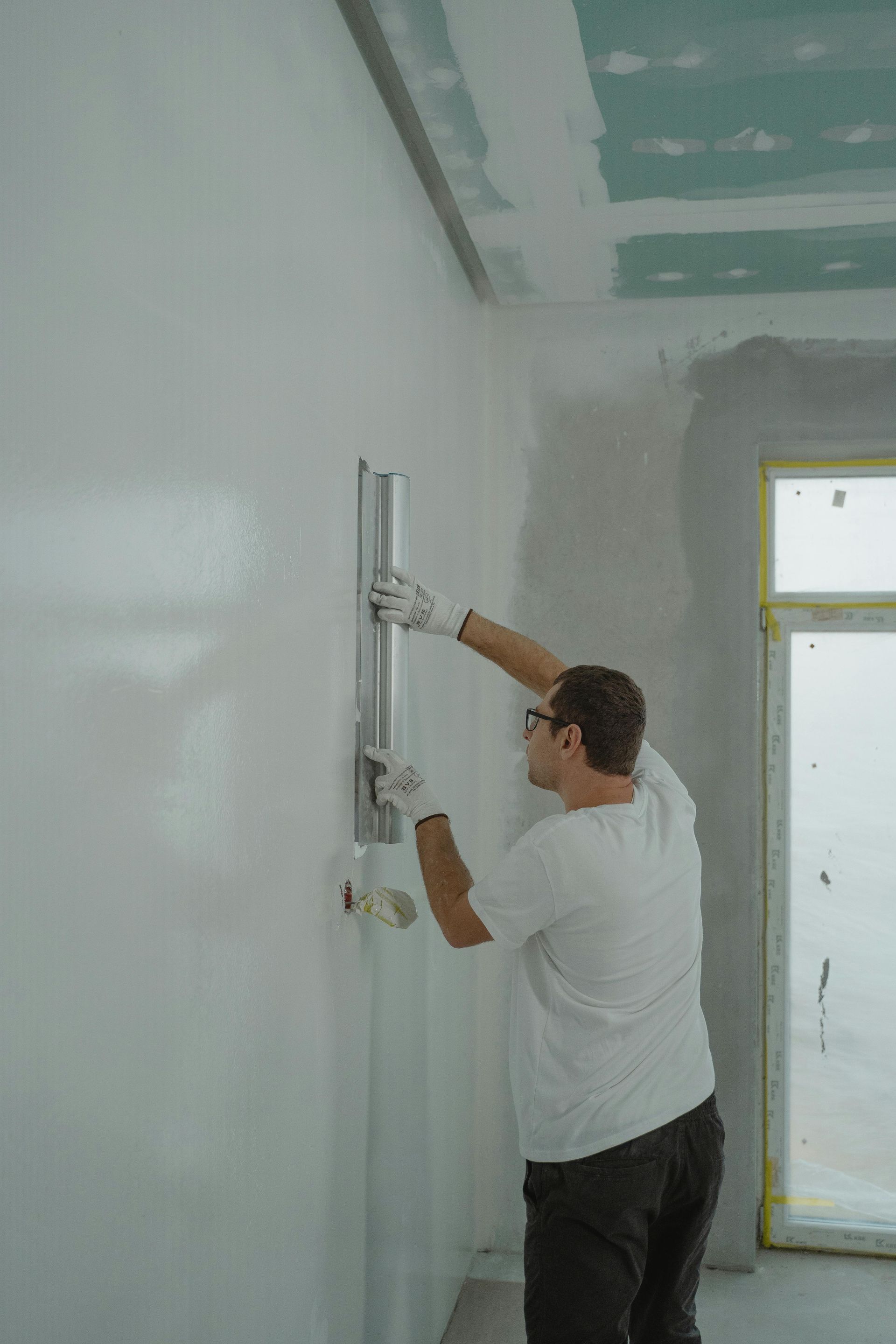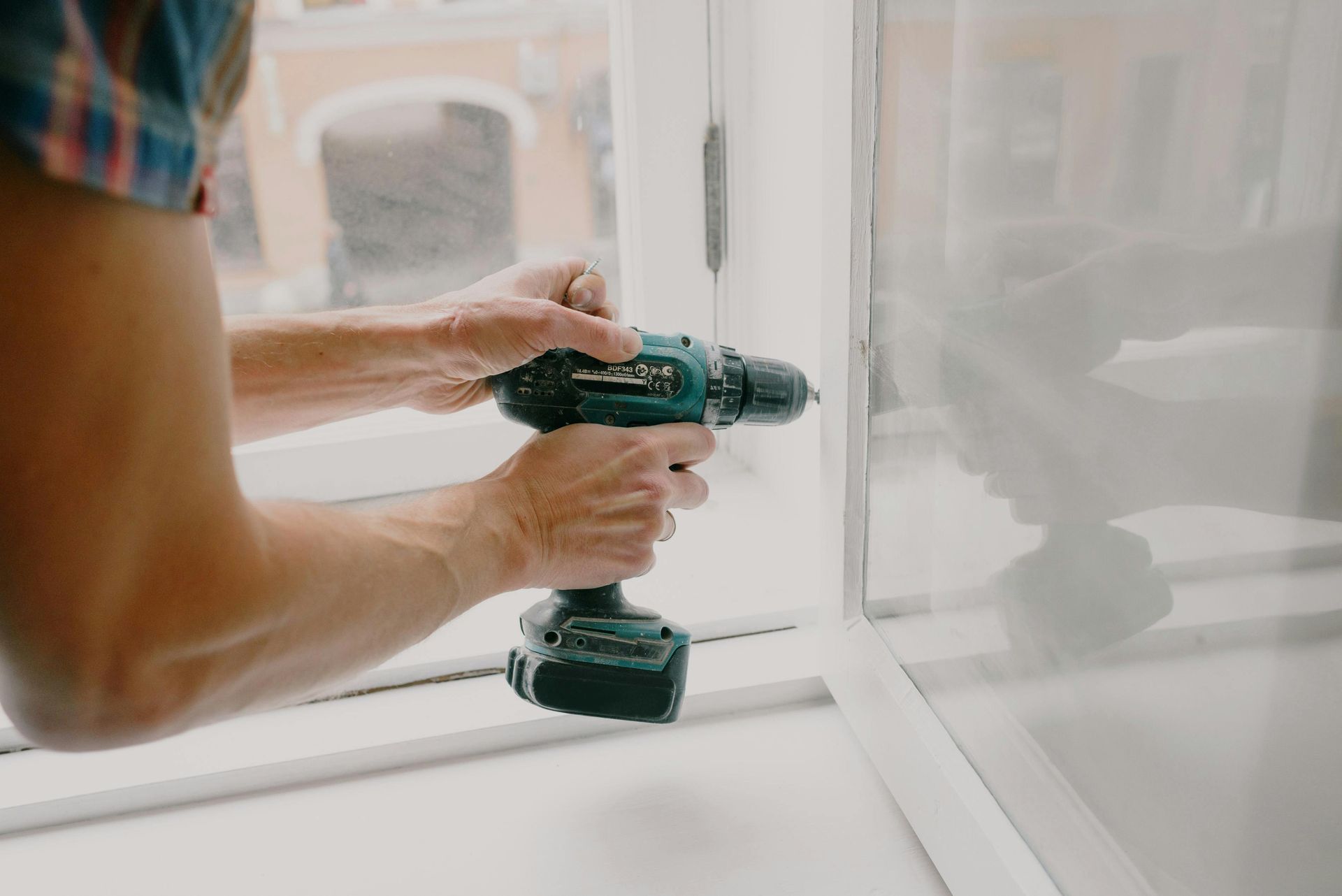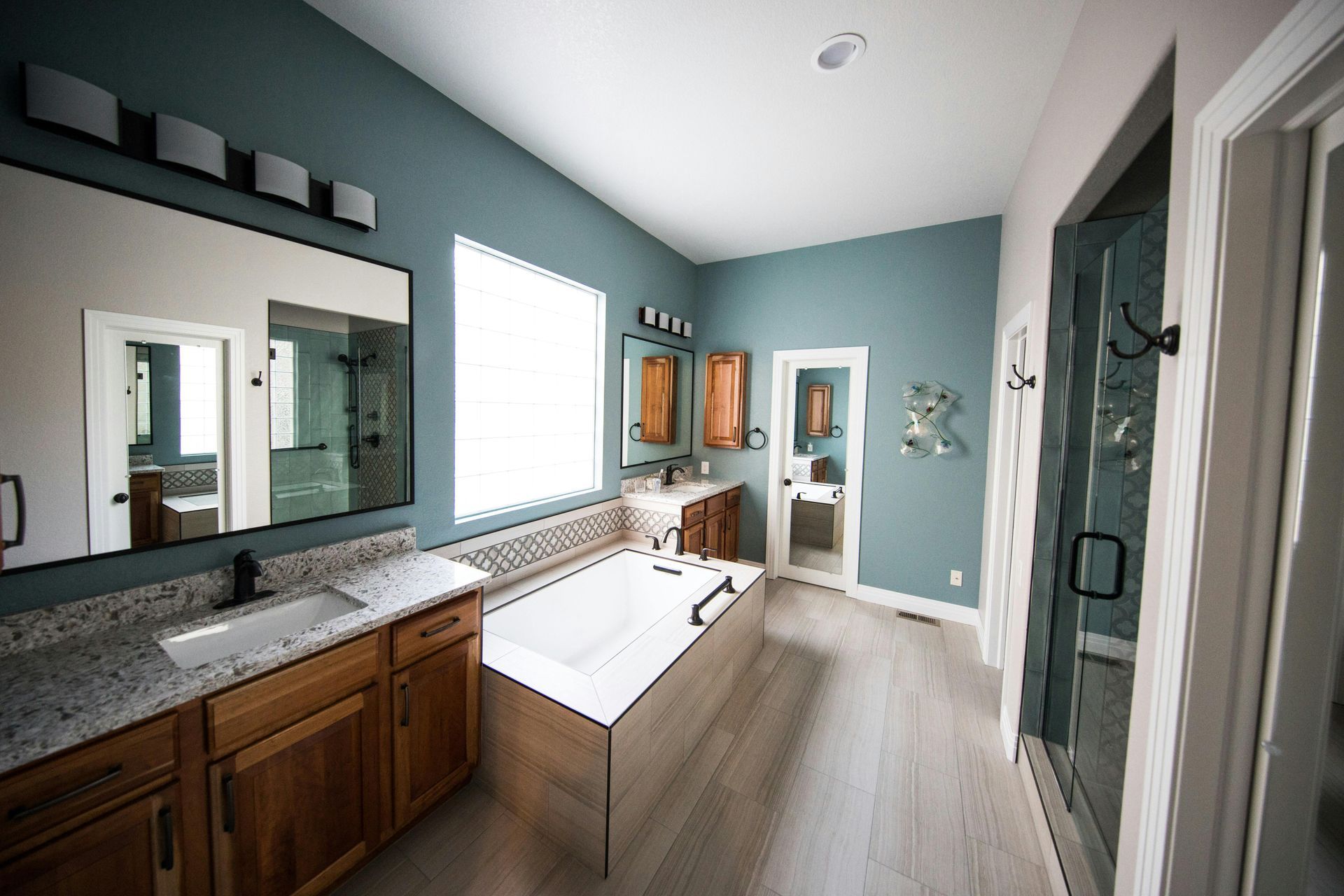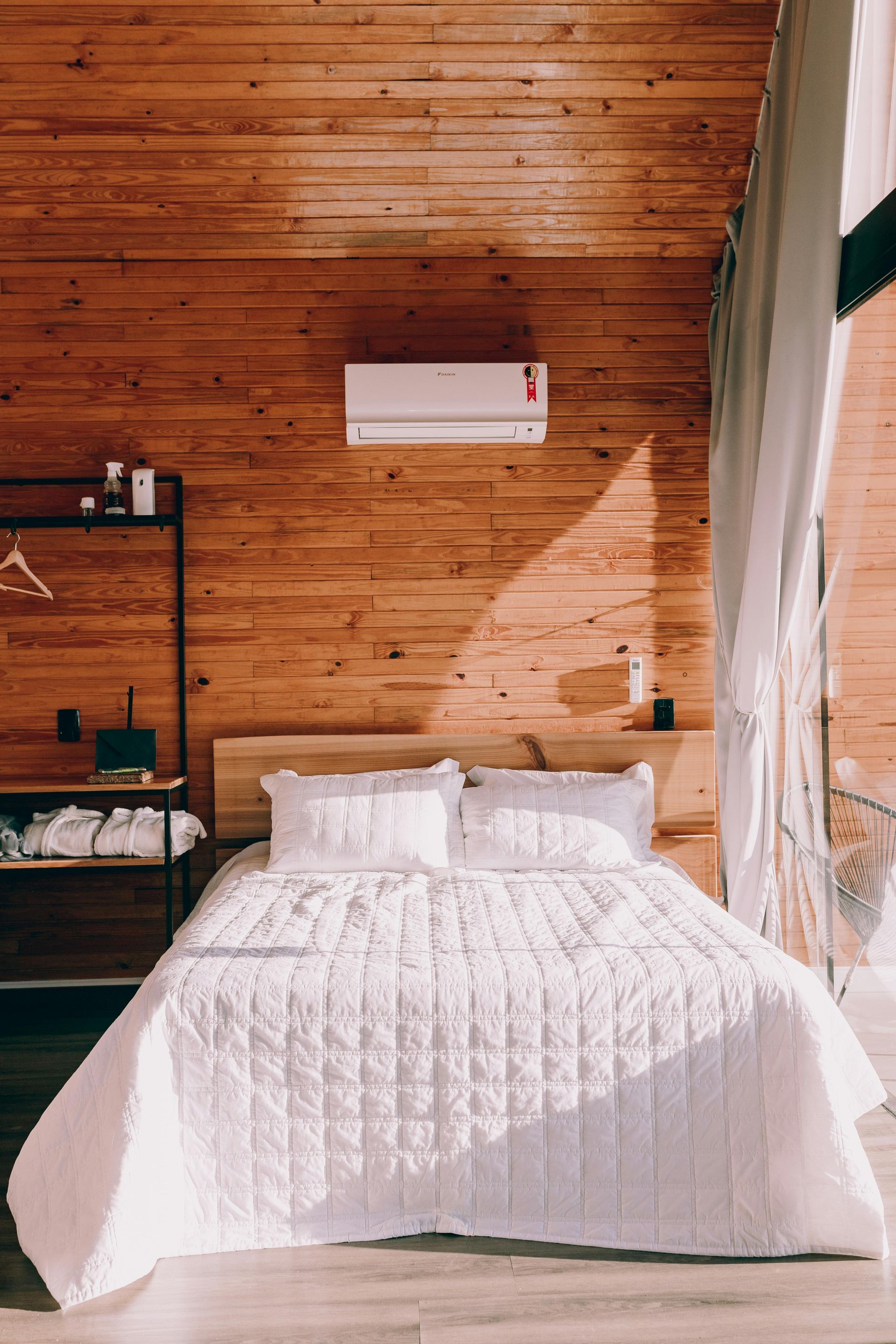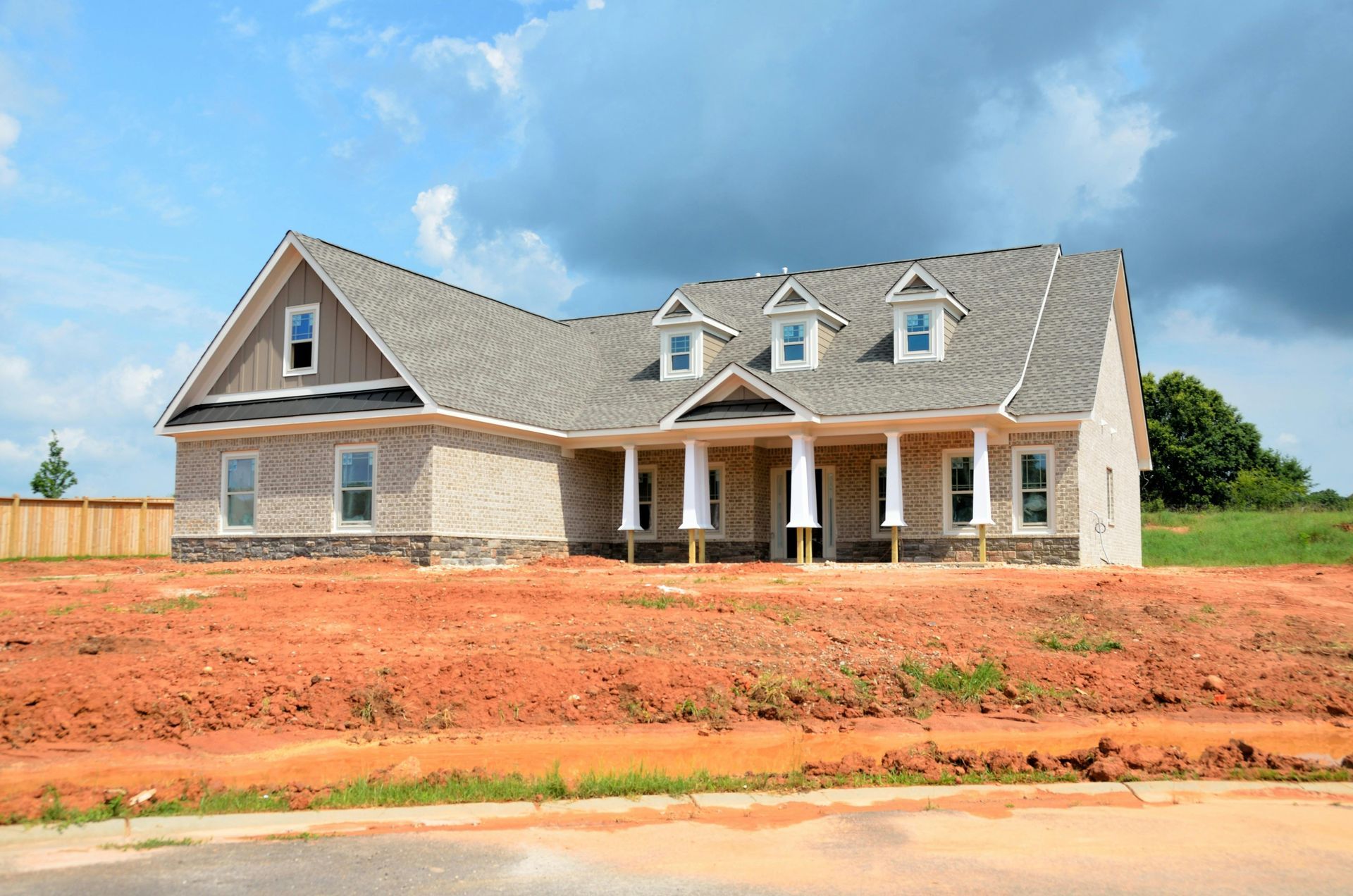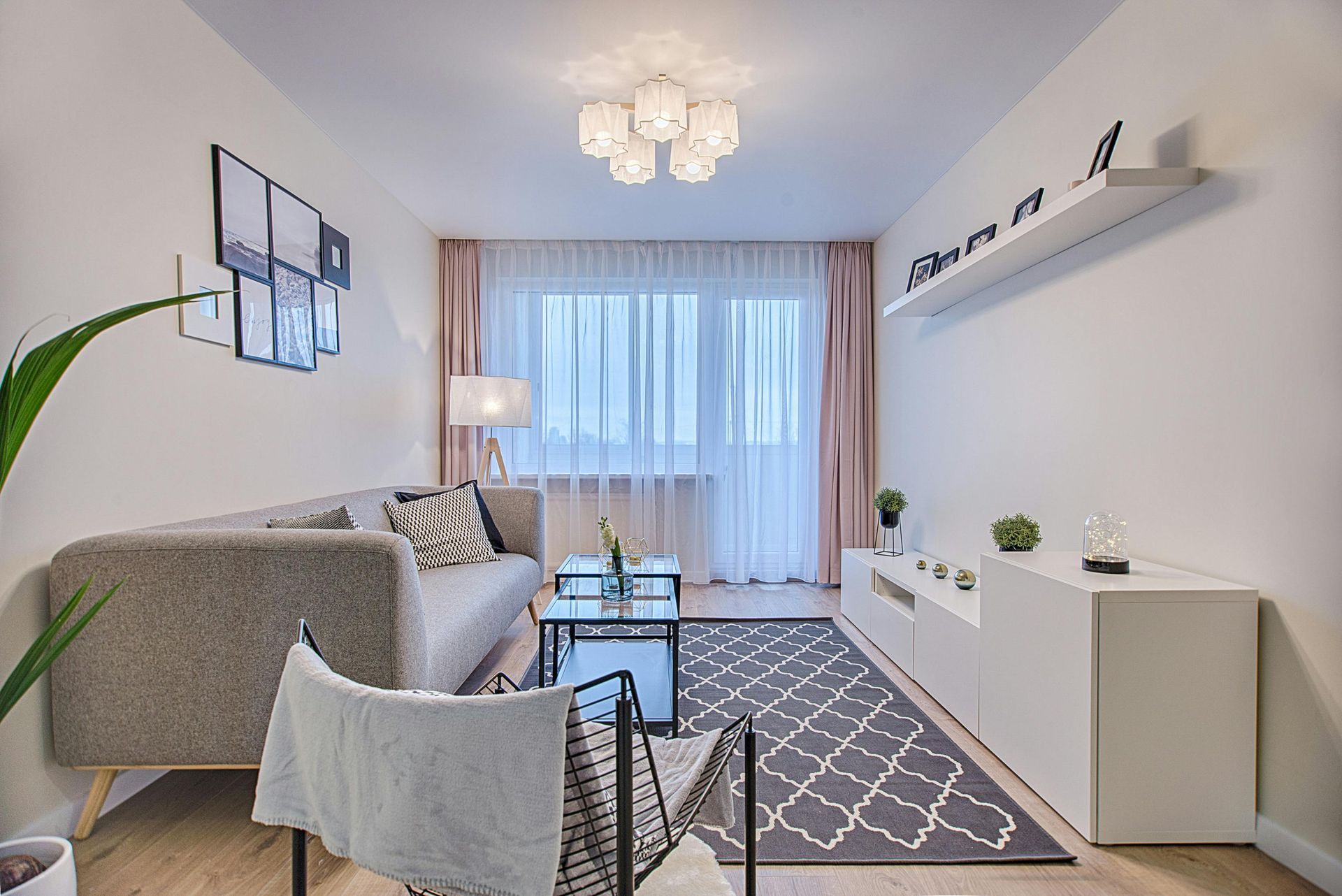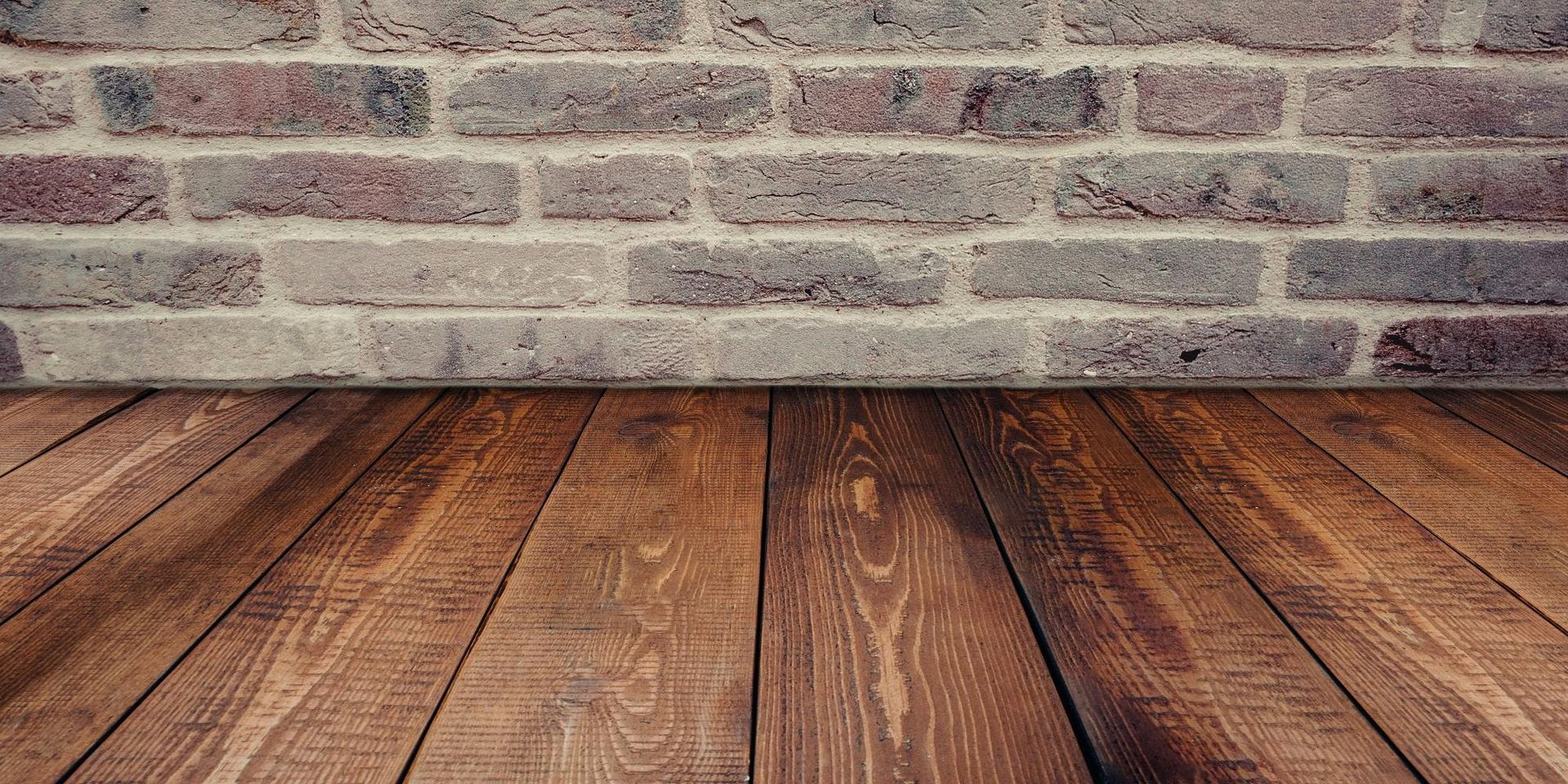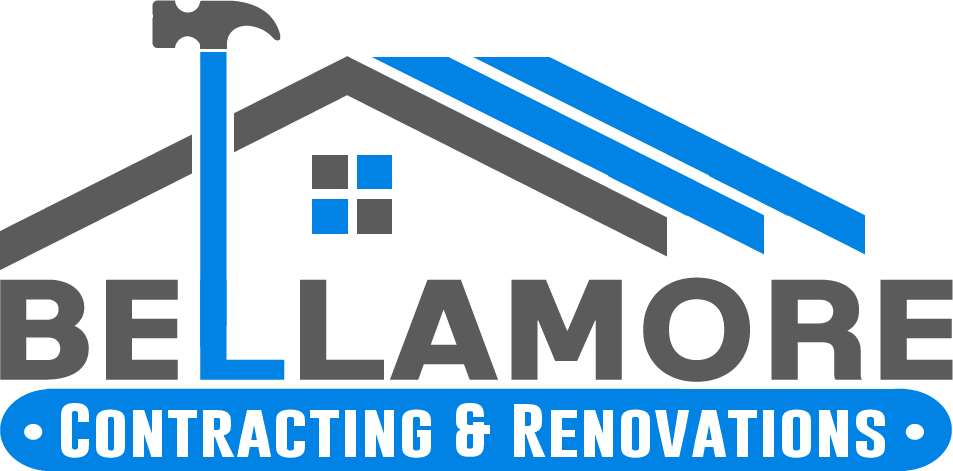Licensed (#RBC-21-01654) & Insured
Local References Available Upon Request
Licensed (#RBC-21-01654) & Insured | Local References Available Upon Request
Revitalizing Your Property with Retrofitting for Safety and Efficiency
As buildings age and new technologies emerge, retrofitting has become an essential strategy for homeowners and business owners looking to improve safety, energy efficiency, and structural integrity. Whether reinforcing a structure against natural disasters, modernizing outdated systems, or upgrading to sustainable energy solutions, retrofitting plays a crucial role in maintaining and future-proofing properties. Investing in retrofitting not only enhances the longevity of a building but also ensures compliance with current safety standards, improves property value, and reduces long-term maintenance costs.
Understanding Retrofitting and Its Benefits
Retrofitting involves modifying an existing structure to improve its overall performance, efficiency, and resilience. Unlike new construction, which starts from the ground up, retrofitting focuses on strengthening and enhancing an already established building. The need for retrofitting arises due to factors such as evolving building codes, environmental concerns, technological advancements, and the natural wear and tear that occurs over time.
One of the most significant benefits of retrofitting is increased structural integrity. Older buildings may not have been designed to withstand modern environmental conditions or natural disasters such as earthquakes, floods, and hurricanes. Retrofitting strengthens these structures, ensuring they are more resistant to external forces and safer for occupants.
Energy efficiency upgrades are another critical aspect of retrofitting. With rising energy costs and a greater focus on sustainability, property owners are turning to retrofitting solutions such as improved insulation, high-performance windows, LED lighting, and energy-efficient HVAC systems. These upgrades reduce energy consumption, lower utility bills, and contribute to a reduced carbon footprint.
Compliance with modern codes and standards is essential for both safety and legal requirements. Building codes continuously evolve to address new safety risks and efficiency expectations. Retrofitting ensures that older buildings meet these updated standards, preventing legal complications and enhancing the overall safety of occupants.
Beyond functionality, retrofitting enhances property value. Buyers and tenants are more likely to invest in or lease a property that has been updated to modern standards. A retrofitted building stands out in the market as a secure, efficient, and well-maintained space, making it more attractive to potential buyers or renters.
Types of Retrofitting Services
Seismic retrofitting is essential in areas prone to earthquakes. Older buildings may lack the necessary reinforcements to withstand seismic activity, making them vulnerable to collapse. Structural improvements such as foundation bolting, shear wall installation, and reinforced framing help strengthen the building against ground movements and prevent catastrophic damage.
Energy efficiency retrofitting includes various upgrades designed to reduce energy consumption. Enhancements such as solar panel installations, better insulation, energy-efficient windows, and advanced climate control systems contribute to lower energy costs while reducing a building’s environmental impact. Smart home automation, including programmable thermostats and automated lighting systems, further enhances energy efficiency.
Foundation strengthening is crucial for buildings experiencing settlement issues or structural instability. Over time, soil shifts and natural forces can weaken a building’s foundation, leading to cracks and structural damage. Retrofitting techniques such as underpinning, foundation piers, and seismic bracing reinforce the foundation, ensuring long-term stability.
Roof and structural retrofitting focuses on improving a building’s ability to withstand extreme weather conditions. Older roofs may not be built to handle heavy winds, snow loads, or prolonged exposure to the elements. Strengthening roof trusses, replacing outdated materials, and adding waterproofing measures protect the structure from leaks and damage.
Accessibility upgrades are an essential part of retrofitting for homeowners and businesses seeking to comply with ADA (Americans with Disabilities Act) regulations or create a more inclusive space. Features such as wheelchair ramps, wider doorways, accessible restrooms, and automatic door openers make buildings safer and more functional for individuals with mobility challenges.
Plumbing and electrical system upgrades are necessary for older buildings with outdated infrastructure. Aging plumbing can lead to leaks, water damage, and inefficiency, while outdated electrical systems pose fire hazards. Retrofitting with modern materials, energy-efficient appliances, and smart electrical systems enhances safety and performance.
The Retrofitting Process
A successful retrofitting project begins with a thorough property assessment and inspection. Experts evaluate the building’s current condition, identify vulnerabilities, and determine the necessary improvements. Advanced tools such as thermal imaging and structural analysis help pinpoint issues that may not be visible to the naked eye.
Developing a customized retrofitting plan is the next step. This involves prioritizing necessary upgrades based on safety, energy efficiency, and cost considerations. A detailed plan outlines the scope of work, materials required, estimated timelines, and budget expectations, allowing property owners to make informed decisions.
Permit and compliance management is a critical aspect of the retrofitting process. Navigating building codes, zoning laws, and permit requirements can be complex, but working with experienced professionals ensures that all regulations are met. Compliance with local, state, and federal standards is necessary to avoid legal issues and guarantee that the upgrades are executed correctly.
Execution and implementation involve carrying out the planned structural and system upgrades. This phase requires skilled labor and high-quality materials to ensure durability and effectiveness. Contractors coordinate the retrofitting work while minimizing disruptions to daily operations or occupancy.
Quality control and final inspection ensure that the retrofitting process meets industry standards. Professionals conduct rigorous testing and inspections to verify that all upgrades function as intended. Once the final approval is given, the property is ready for use with improved safety, efficiency, and resilience.
Why Work with a Professional Retrofitting Contractor?
Hiring a professional retrofitting contractor is essential for achieving the best results. Experienced professionals possess the knowledge and expertise to assess risks, recommend suitable upgrades, and execute the project efficiently. Their understanding of construction techniques, materials, and regulatory requirements ensures a successful outcome.
Cost-effective solutions come from strategic planning and expert execution. A knowledgeable contractor helps property owners avoid unnecessary expenses, identifies cost-saving alternatives, and ensures that retrofitting work delivers long-term value. Proper planning reduces the likelihood of unexpected setbacks that could lead to budget overruns.
Minimized disruptions are a key benefit of working with professionals. Retrofitting projects can sometimes interfere with business operations or daily life. Skilled contractors implement strategies to complete work efficiently while reducing the impact on occupants.
Access to modern materials and technologies allows professional contractors to implement the latest advancements in building safety and energy efficiency. From high-tech insulation materials to state-of-the-art seismic reinforcements, experienced professionals ensure that retrofitting projects utilize the best available solutions.
Future-Proofing Your Property with Retrofitting
Sustainability and green building practices are at the forefront of modern retrofitting. By incorporating energy-efficient upgrades, water-saving technologies, and environmentally friendly materials, property owners can reduce their carbon footprint while enjoying long-term cost savings. Sustainable retrofitting contributes to environmental conservation while making buildings more resilient to changing climate conditions.
Smart home and automation integration are becoming increasingly popular in retrofitting projects. Automated lighting, smart security systems, and energy-efficient climate controls enhance convenience and energy management. The ability to monitor and adjust building functions remotely improves efficiency and security.
Resilience against climate change and natural disasters is another critical consideration for future-proofing properties. Reinforcing structures to withstand extreme weather conditions, implementing flood-resistant measures, and upgrading to fire-resistant materials protect buildings against unforeseen environmental challenges.
Adaptive reuse of older buildings is a sustainable way to preserve historical structures while upgrading their functionality. Retrofitting allows older buildings to maintain their architectural charm while incorporating modern safety and efficiency improvements. This approach balances historical preservation with the benefits of modern construction techniques.
Bringing Safety, Efficiency, and Value to Your Property
Retrofitting is a powerful investment in the longevity, efficiency, and safety of a property. Whether upgrading an older home, reinforcing a commercial building, or implementing energy-saving solutions, retrofitting provides long-term benefits that enhance both performance and value. Working with experienced professionals ensures that the process is smooth, cost-effective, and tailored to the unique needs of each property. With advancements in building technology and sustainability, retrofitting offers a proactive approach to protecting and optimizing any space for years to come.


